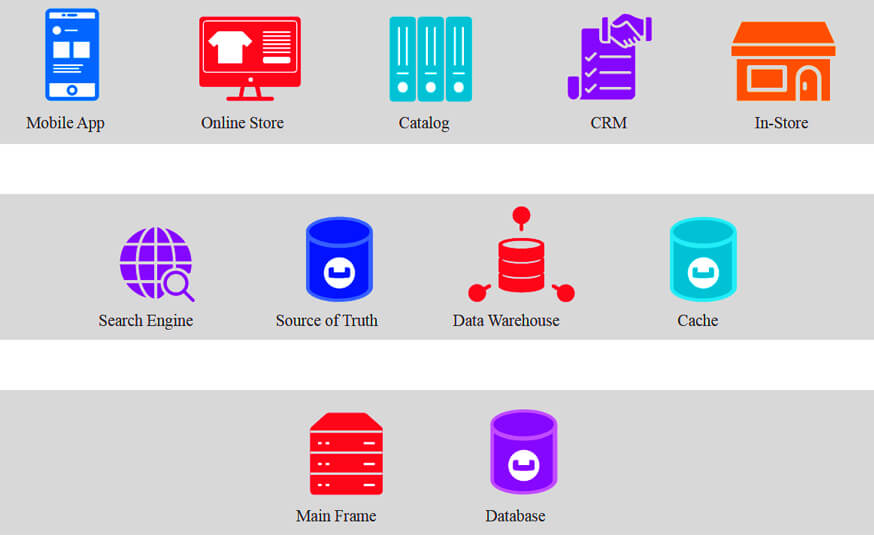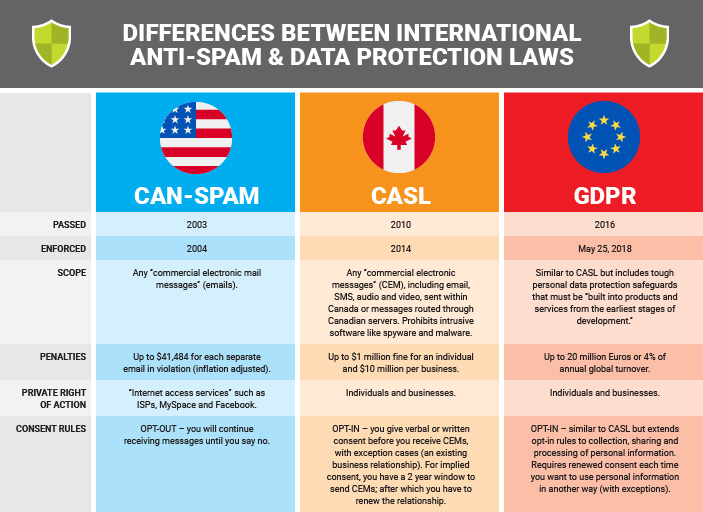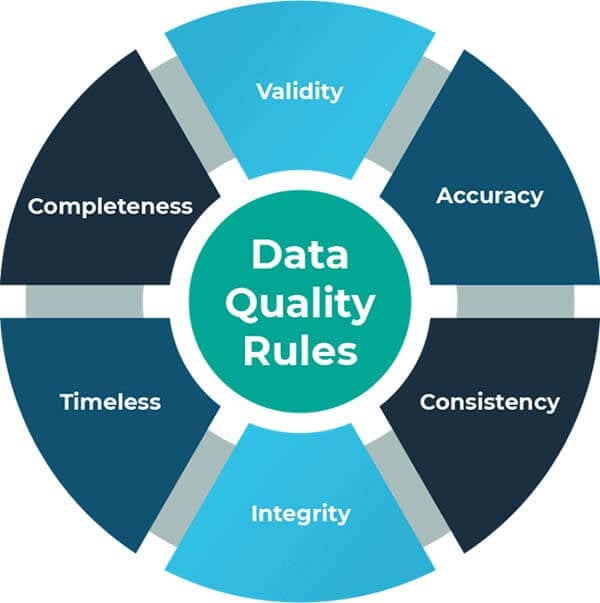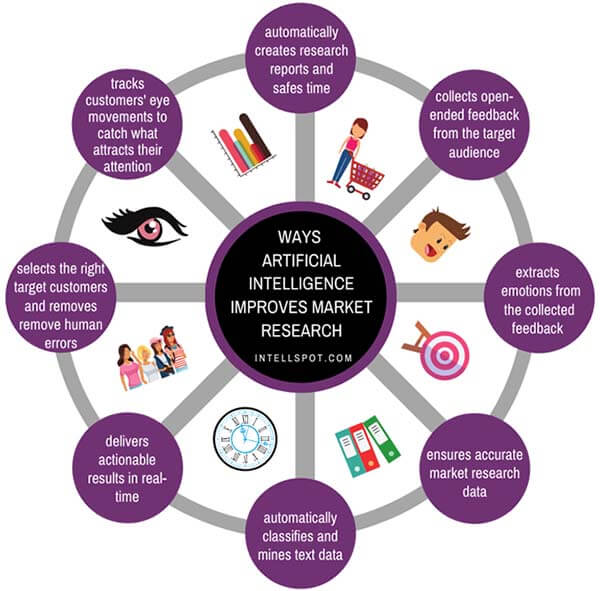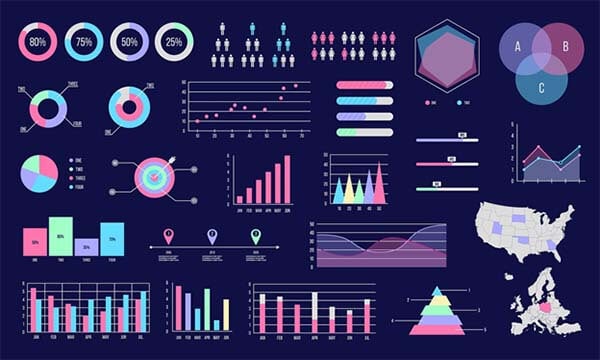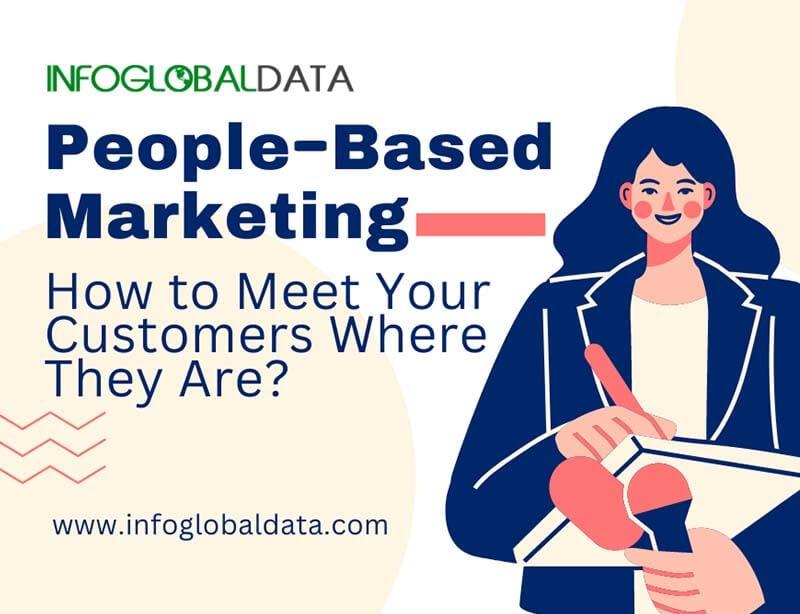Identify Every Data Source That Matters - This Includes Every Single Customer Touch Point
Data-driven marketing has become increasingly important as businesses strive to understand and respond to their customers more effectively. But with so many data sources available, it can be difficult to know where to start when it comes to gathering the right data. At the heart of data-driven marketing is the idea of understanding every single customer touch point, from initial contact through to their purchase history, and everything in between. Achieving this requires marketers to access a wide range of data sources.
Contact Us for Marketing Campaigns
First, marketers need to identify and access data that can tell them who their customers are and what they’re doing on the website. This data may come from website analytics platforms such as Google Analytics or a CRM like Salesforce. Other sources of data could include social media, email and content management systems.
The second step is to identify data points that will help marketers better understand their customers’ needs and preferences. This could include surveys, customer feedback or purchase history. Data from these sources can help marketers create more personalized experiences for their customers.
By identifying and accessing all of these data sources, marketers can build a comprehensive picture of their customers and use this knowledge to make smarter decisions about their campaigns. As the years go by, it will be more important than ever for marketers to have an in-depth understanding of the data they have at their disposal. Additionally, marketers should leverage data from their customer relationship management (CRM) system, loyalty programs, email marketing lists, SMS and WhatsApp subscription lists, ecommerce store data, website analytics, and every other touchpoint where their customer engages with the brand. By utilizing all available data sources, marketers can gain a better understanding of their customers and create truly personalized experiences that drive engagement and customer loyalty. Finally, marketers need to look for data that can help them predict future trends or activities. This could include industry research or insights from third party data providers.
The Continued Rise of Data Privacy Concerns
The data privacy landscape is changing rapidly, and data-driven marketers need to be prepared. As more companies collect and use customer data, the importance of data privacy will only increase. Regulations such as the General Data Protection Regulation (GDPR) and California Consumer Privacy Act (CCPA) have already been put in place to protect customers’ information and ensure that companies are transparent in how they use this data. As data-driven marketing evolves, marketers will have to become more mindful of the new regulations and understand how they can be compliant while still providing an effective experience for their customers.
Another challenge that marketers face when it comes to data privacy is the growing distrust of companies and their practices. Customers are becoming more wary of how their personal information is being used, so it’s important that marketers stay aware of their customers’ feelings about data privacy. It’s also important to provide clear and concise information about how their customers’ data is being collected and used. Providing a simple opt-in/opt-out option for customers can also help instill trust in the brand.
Data-driven marketers should also be aware of the different types of data that they collect and ensure that they have secure storage practices in place. Investing in technologies such as encryption, tokenization, and authentication can help protect customer information from hackers or malicious actors. Additionally, marketers should consider conducting regular security audits to ensure their systems are up to date.
By staying informed on the latest regulations and technologies, and taking the necessary steps to ensure customer data is securely stored, data-driven marketers can create trust with their customers while also providing effective experiences. As we move further into the future, data privacy will remain a top concern for customers, and it’s essential that data-driven marketers take all the necessary precautions to remain compliant and secure.
The Increasing Importance of Data Quality
Data quality is a critical factor for any successful data-driven marketing campaign. Poor quality data can lead to inaccurate results and incorrect decisions, which can result in a loss of time and money. As the world of data-driven marketing continues to evolve, it is becoming increasingly important to focus on data quality.
Data quality starts with collecting high quality data. This includes ensuring data accuracy by verifying customer information and eliminating errors. Data should also be properly organized, with all related information stored together. Companies should also take measures to protect the security of their data, such as implementing secure encryption protocols.
Data cleaning is also key to maintaining high data quality. This involves validating records, filling in missing data, and removing duplicates. The cleaning process should be regularly repeated to ensure that the data remains accurate and up-to-date.
Finally, companies must have clear processes for using and sharing their data. This includes establishing usage policies, tracking changes, and setting up auditing systems to ensure data is used responsibly. Companies should also ensure that all users understand the importance of data security and abide by applicable laws and regulations.
By taking these steps, companies can ensure that their data is of the highest possible quality, which is essential for successful data-driven marketing campaign.
The Increasing Use of AI in Data-Driven Marketing
The use of Artificial Intelligence (AI) in data-driven marketing is expected to grow exponentially over the next few years. AI technologies such as Machine Learning, Natural Language Processing (NLP), Computer Vision and more can be used to gain deeper insights into customer behavior, anticipate customer needs, target customers with personalized content, and optimize campaigns and much more.
With AI technologies, marketers can gain a much better understanding of their target audience and provide them with more relevant content that drives conversions. AI also allows marketers to automate certain processes and identify opportunities for growth quickly and easily. By combining data from multiple sources, AI can analyze user behavior and preferences at a much deeper level than traditional methods, allowing marketers to make informed decisions about their campaigns.
Moreover, AI can help marketers automate mundane tasks such as segmentation, targeting and personalization, allowing them to spend more time on developing creative strategies and expanding their reach. AI-powered automation tools can even help marketers track the performance of their campaigns in real-time, making it easier to make timely adjustments that ensure maximum ROI.
Ultimately, AI is revolutionizing data-driven marketing by giving marketers the power to gain deeper insights into their customers and create more engaging and effective campaigns that drive conversions. With its immense potential, AI is expected to play an even bigger role in data-driven marketing over the next few years.
Buy 100% Opt-In Job Title specific Lists
Contact Us for Marketing Campaigns
The Increasing Use Of Data Visualization and Data Analytics in Marketing
Data visualization and data analytics are key components of data-driven marketing. With data visualization, marketers can gain a better understanding of their data by visualizing it in easy-to-understand charts and graphs. This allows them to identify patterns and insights that can help inform their decisions. Data analytics allows marketers to understand how people are interacting with their product or service. It provides marketers with the ability to track customer behavior, understand customer preferences, and make better decisions.
Data visualization and data analytics are not just limited to understanding customer behavior. Marketers can use these tools to better understand their competitive landscape, understand trends in the market, identify customer segments, and develop more effective campaigns. Data visualization and data analytics also enable marketers to optimize their strategies based on the performance of their campaigns. This helps them create more targeted campaigns that are more likely to be successful.
As we move forward into 2023, data visualization and data analytics will continue to be an important part of data-driven marketing. By leveraging these tools, marketers will be able to make more informed decisions and optimize their strategies for the best possible results.


